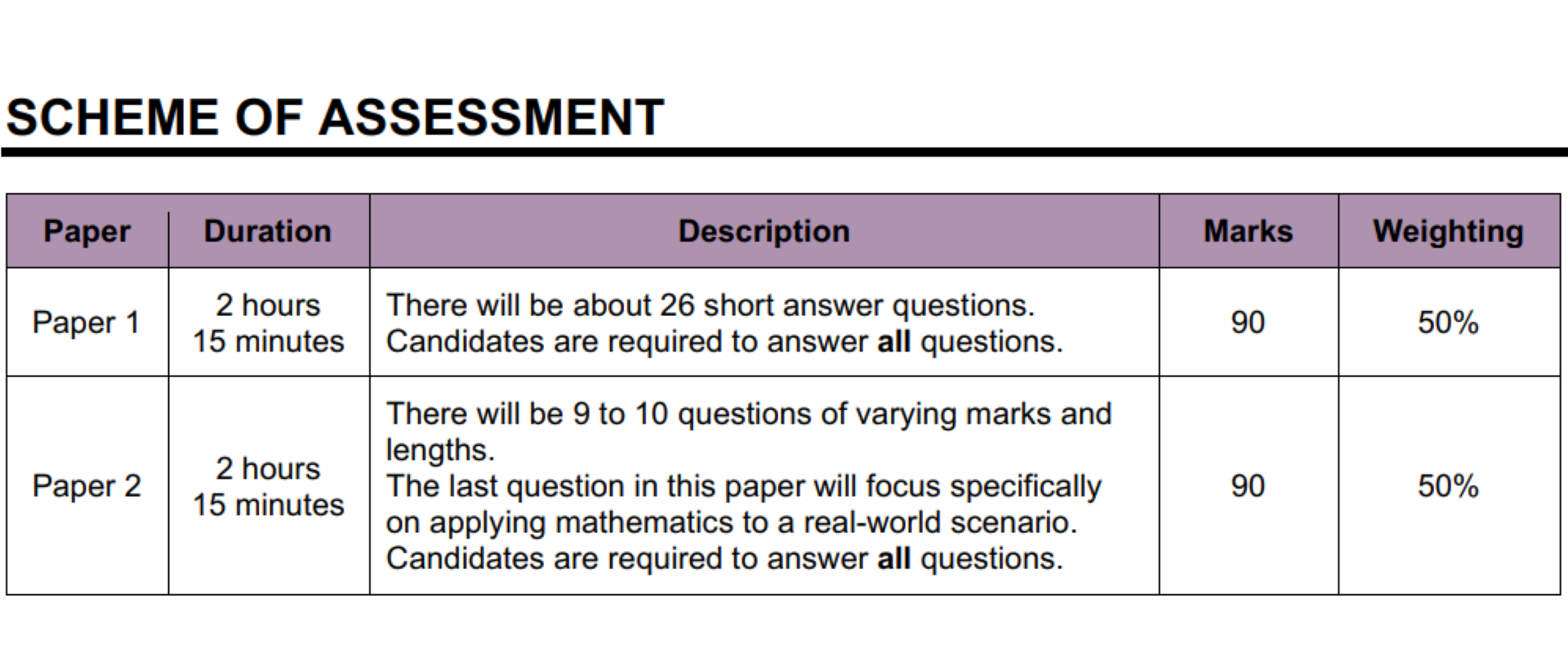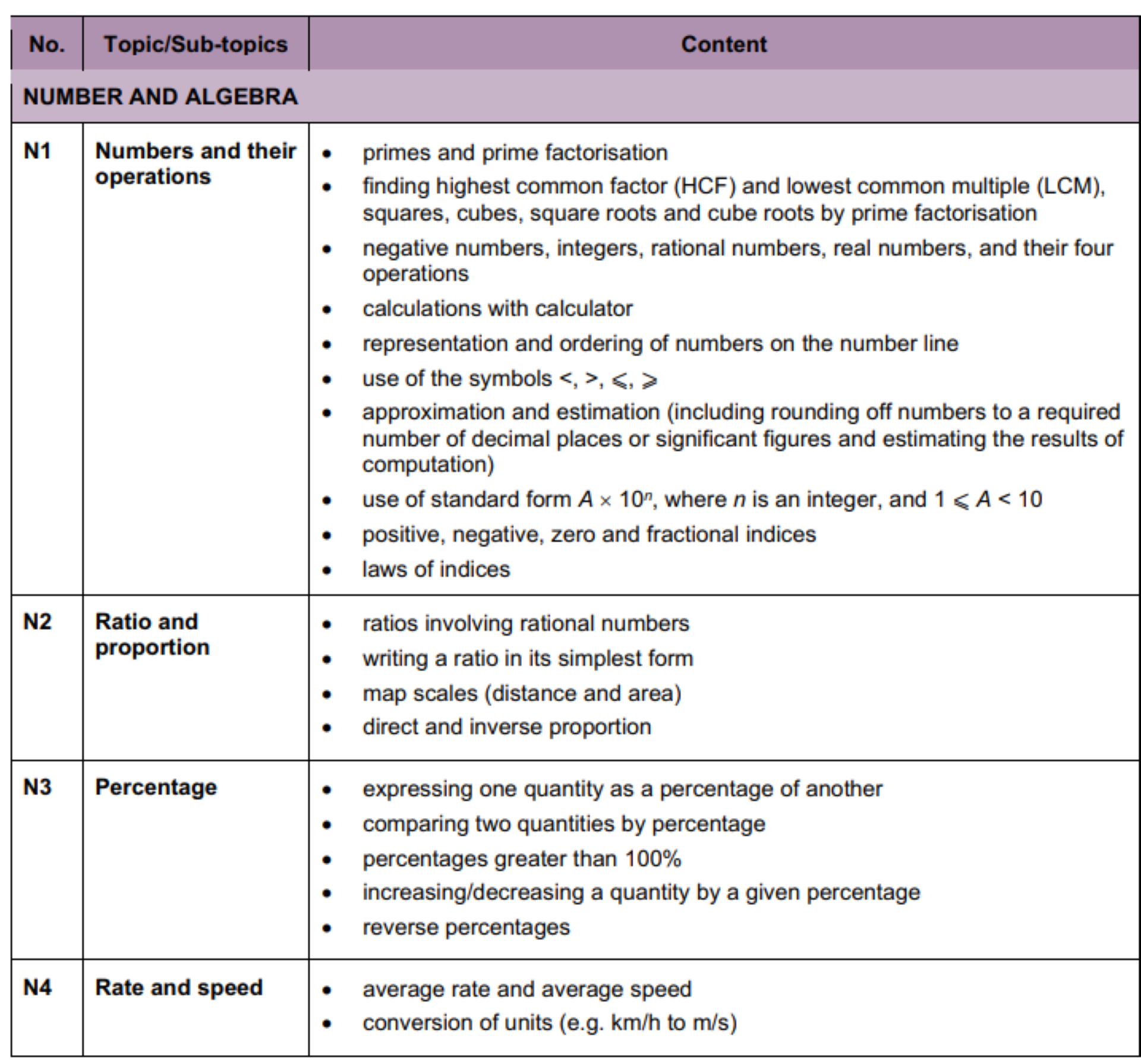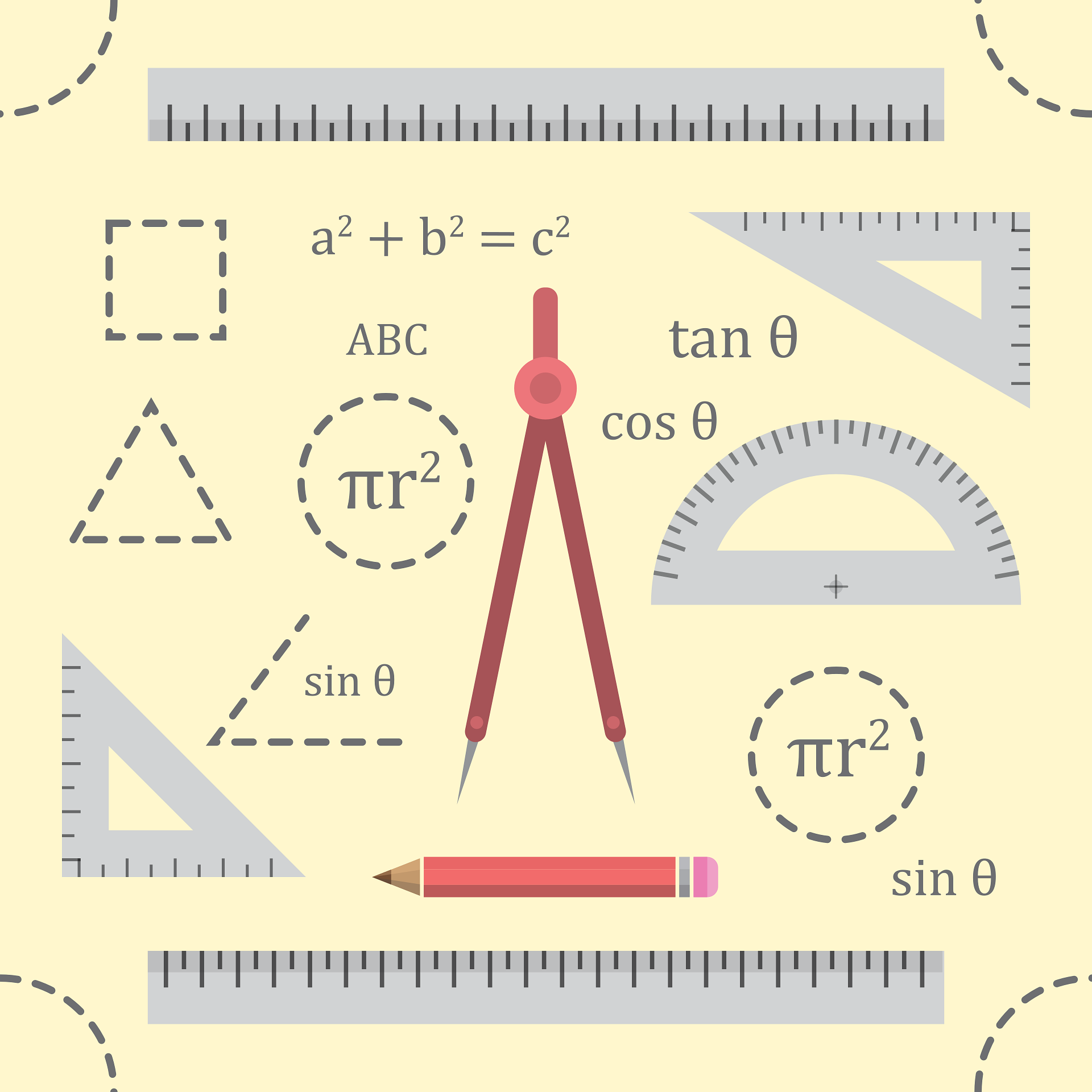The GCE O-Level Examination is an annual National Examination that students in Singapore take to decide their next journey after completing their Secondary School. Among the various subjects tested, the maths examination holds crucial importance. Excelling in this exam is not just about academic accomplishments—it plays a crucial role in determining whether a student can pursue science, engineering, or technology in the future.
On the flip side, not scoring well in this exam can lower a student's chance of securing admission into Junior College (JC) or Polytechnic. To prepare students for the knowledge-based economy, the Ministry of Education (MOE) has designed the maths O level syllabus that places strong emphasis on analytical and problem-solving skills. This exam acts as a benchmark to test students’ readiness to face more academic challenges.

In this article, we will provide a complete guide to the O level maths syllabus and exam format and provide you with expert tips and tricks to help you excel in this paper.

What is O Level Maths?
O level mathematics is an annual exam taken by Secondary 4 students in Singapore. It is open to both school students and private candidates in Singapore. To be eligible to apply, students have to be at least 15 years old as of 1st January in the year of the examination.
The O level examinations are jointly administered by the:
- SEAB (Singapore Examinations and Assessment Board) and
- Cambridge Assessment International Education (CAIE)
O level mathematics exam is designed to assess your capacity to understand and apply mathematical concepts, as well as your ability to formulate and solve problems using the appropriate techniques of solution.
On top of that, the exam also tests your ability to solve higher-order thinking problems that require you to make inferences and construct mathematical explanations and arguments.

Elementary Mathematics (E‑Math): E Math is a compulsory course that covers foundational areas such as numbers, geometry, algebra, basic statistics, and trigonometry.
It is divided into 2 papers:
- Paper 1: Paper 1 comprises of 26 short-answer questions where candidates are required to answer all questions
- Paper 2: This paper comprises of 9 to 10 questions of varying marks and lengths and involves more problem-solving-oriented questions.

Alongside the core O Level Maths, students can also opt to take Additional Mathematics (A‑Math), which is an elective subject taken by those students who plan to study advanced maths. It introduces advanced topics like complex numbers, functions, quadratic equations, calculus, and polynomials.
Getting to Know the Maths Syllabus O Level 2025
The O level mathematics syllabus consists of 3 main parts: number and algebra, geometry and measurement, statistics and probability. The complete list of topics covered in the mathematics paper is listed below:
Number and Algebra
- Numbers and their operations
- Ratio and proportion
- Percentage
- Rate and speed
- Algebraic expressions and formulae
- Functions and graphs
- Equations and inequalities
- Set language and notation
- Matrices

Geometry and Measurement
- Angles, triangles, and polygons
- Congruence and similarity
- Properties of circles
- Pythagoras’ theorem and trigonometry
- Mensuration
- Coordinate geometry
- Vectors in two dimensions

Statistics and Probability
- Data handling and analysis
- Probability
If you would like to know more about the assessment details for this subject, why don’t you learn how to decode the O level Maths format and marking scheme?
You can also download the complete and latest syllabus from the Singapore Examinations and Assessment Board website. Students are expected to understand every topic and develop thinking and reasoning through a mathematical approach. They should also have good problem-solving skills to ace the mathematics examination.

Exam Format and Marking Scheme of Maths O Level Syllabus
Here is a detailed look at what the topics cover.
Number and Algebra
Key topics: LCM, HCF, integers, prime factorisation, rate and speed, laws of indices, equations and inequalities, algebraic expressions, interpreting data, map scales, simultaneous linear equations in 2 variables.
Approach:
Revise and practise sequences for the nth term
Practise word problems in linear and quadratic equations
Memorise factorisation patterns and essential surd rules
Plot and sketch graphs
Geometry and Trigonometry
Key Topics: Angles, triangles, congruence, similarity, and symmetry, trigonometric ratios (sine, cosine, and tangent), problem solving in 2 and 3 dimensions.
Approach:
Memorise all triangle properties and parallel line angle relationships
Memorise volume and surface area of cube, cylinder, pyramid, cone, etc
Master SOHCAHTOA to solve height, angle, and distance problems
Learn circle theorems
Statistics and Probability
Key Topics: Analysing data, standard deviation calculation, and measurement of central tendency.
Approach:
Identify dependent and independent events
Analyse data from tables and graphs
Interpret histograms, pie charts, box and whisker plots, and scatter plots
Learn to use mean, mode, and median
How to Excel in O Level Mathematics?
Acing O level mathematics requires a good understanding of the subject and regular practice. Although the maths paper may seem challenging, success can be achieved with the right approach and effort.
In this article section, we will talk about how you can score in your O level mathematics paper.
1. Practise Makes Perfect
Unlike many other subjects, you cannot master maths simply by reading the available textbooks. To truly excel, you have to actively engage with the questions and solve the problems yourself. Practice is necessary! Only by working through a wide range of questions can you become familiar with different sections of the O level maths syllabus 2025 and score well in your paper.
2. Have a Study Plan
To score well in math, having a clear study plan is essential. A study plan will help you identify which topics require more attention. By following a plan, you’ll get a better understanding of your strengths and weaknesses, allowing you to focus on areas that need improvement.

3. Set Realistic Goals
When you’re aiming to complete your O level maths syllabus, setting realistic goals helps. Use the SMART (Specific, Measurable, Achievable, Relevant, and Time-bound) framework to achieve your goals.
Specific – Define what you want to focus on
Example: I want to achieve 90% plus in my maths O level exam
Measurable – Track your progress with a measurable outcome
Example: I will complete my trigonometry revision and complete practising 10 past papers
Achievable – Set a goal based on what you can actually achieve
Example: I will study 2 hours of maths every day
Relevant – Ensure your goal supports your academic objectives
Example: I need to do well in maths as I aim to pursue engineering in the future
Time-bound – Set deadlines to keep yourself on track
Example: I will complete O level maths syllabus 2025 practice by October 1st
4. Familiarise Yourself with All the Formulas
While formula sheets are provided during the exams, knowing where to apply formulas is key to solving O level maths problems. Being familiar with the formulas beforehand will save you time and boost your confidence.
Resources for Maths Syllabus O Level 2025
Regardless of whether you want to join a polytechnic or junior college, scoring well in maths is a goal you should strive for. As the syllabus becomes increasingly application-based, mastering the concepts and exam techniques of O Level Maths.
For that you need the right resources to help you excel in O Level Maths. Let us briefly look at some of the top resources available on O level maths syllabus.

1. Ten-Year Series (TYS)
The Ten-Year Series are a compilation of past exam papers and a must-have resource for serious revision. It compiles actual past-year O Level exam questions, organised by year and sometimes by topic.
Benefits of TYS Practice:
- You get to practice with real exam papers
- You become familiar with the question pattern and formats
Online Learning Platforms
With the rise of e-learning, there are now countless digital tools and platforms tailored for Singapore's O Level Math syllabus.
Recommended platforms are:
- YouTube: YouTube has videos related to several topics, including on maths O-level syllabus. This platform provides a lot of information that can help you understand and learn mathematics effectively.
- Smart Learning Apps (SLA): SLAs provide interactive quizzes and concept videos to help you monitor your progress
- AskNLearn / SLS (Student Learning Space): The SLS is a platform developed by MOE to provide students with guided tools for self-directed learning.

Tuition Centres & Private Tutors
For students who need extra support, tuition centres or one-on-one tutors can offer targeted support.
What they provide:
- Customized lesson plans that target students’ weaknesses
- Strategies for tackling higher-order and application-based questions
- Extra worksheets, mock exams, and topic drills not found in textbooks
Superprof’s Approach to Help Students Ace Maths Syllabus O Level 2025
The Singaporean O level mathematics paper is highly demanding and can be pretty tough. One of the best things you can do for yourself (if you have not done so yet!) is to hire a private tutor who can help you ace maths syllabus O level 2025.
Are there any specific topics in the syllabus that you find challenging, or do you want to know what is O level maths is? Superprof tutors are there to help.
Superprof is a dedicated educational platform that provides comprehensive O level maths syllabus 2025 support to students. All our tutors are experienced in their field of specialisation and have undergone a strict vetting process before being approved to teach for us.
With years of experience, we help students navigate the complexities of O level maths syllabus 2025 by creating an interactive and engaging learning environment. The student testimonials on our website are a testament to the effectiveness of our teaching methods.
So, what are you waiting for? Contact a Superprof tutor today and navigate the maths syllabus O level 2025 with ease.
















